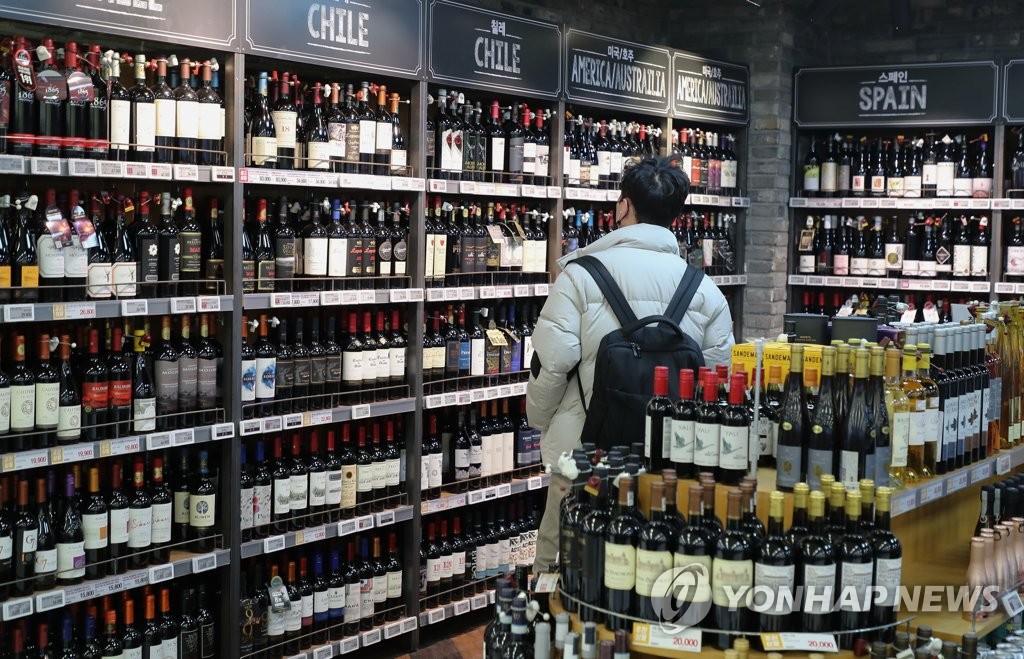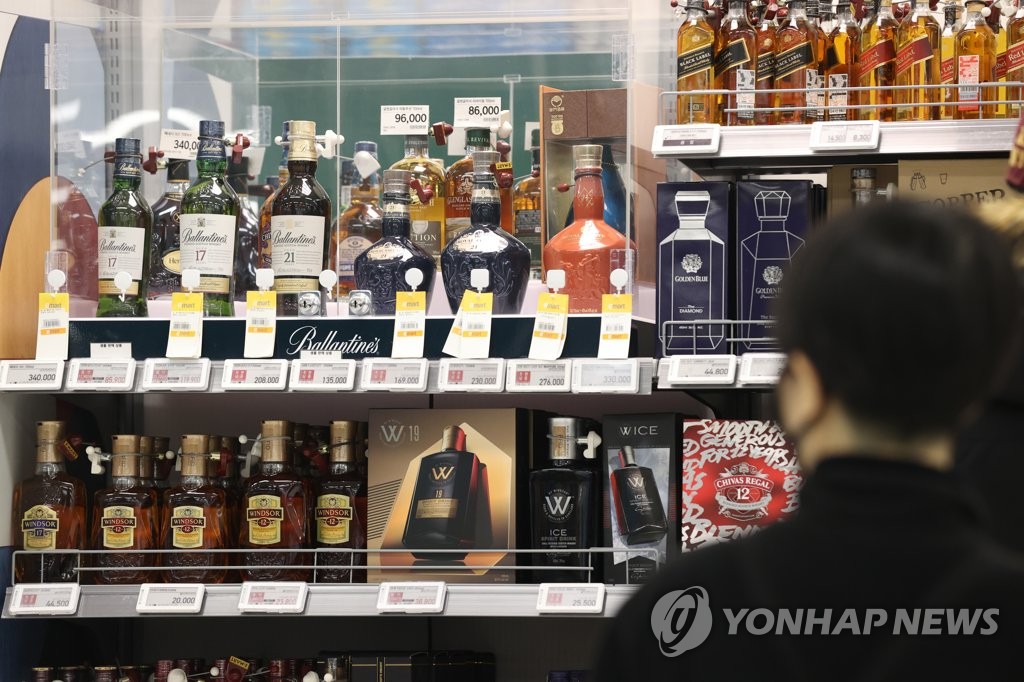- California Assembly OKs highest minimum wage in nation
- S. Korea unveils first graphic cigarette warnings
- US joins with South Korea, Japan in bid to deter North Korea
- LPGA golfer Chun In-gee finally back in action
- S. Korea won’t be top seed in final World Cup qualification round
- US men’s soccer misses 2nd straight Olympics
- US back on track in qualifying with 4-0 win over Guatemala
- High-intensity workout injuries spawn cottage industry
- CDC expands range of Zika mosquitoes into parts of Northeast
- Who knew? ‘The Walking Dead’ is helping families connect
As pandemic wipes out gatherings, alcohol industry sets eyes on at-home drinkers
With gathering restrictions and business curfews in place throughout the pandemic, the alcoholic beverage industry, among other hospitality-related sectors, has faced setbacks from the protracted coronavirus crisis.
But on the back of the shifting drinking culture, such as the growing trend of at-home solo drinking and home parties, and changing demands, the industry is learning to navigate through the pandemic by adapting to new consumer needs.
Within the industry, the wine market has outshined others during the virus crisis, with the nation’s wine imports reaching an impressive US$506.2 million in the January-November period of 2021, up 76 percent from a year earlier, according to the Korea Customs Service.
It marked the first time that the country’s wine imports surpassed the $500 million level. South Korea’s wine imports had been on a steady rise — amounting to $244 million in 2018 before rising to $259.3 million in 2019 and $332 million in 2020.
Industry watchers attribute the growth in wine imports to the increase in the number of stay-at-home drinkers, such as parents with young children, drinking by themselves or with family members at home instead of going to bars amid the coronavirus pandemic.


A shopper looks at a selection of wine at a large discount supermarket in Seoul on Jan. 5, 2022. (Yonhap)
Lee Myung-jin, a working mother of two children living in Mapo, western Seoul, told Yonhap News Agency that she often enjoyed having wine with her husband as a stress reliever recently at home after putting their children to sleep.
“I’ve rarely met with coworkers at restaurants or bars after work due to concerns of infections,” Lee said. “Fortunately, I’ve been enjoying having wine in the comfort of my home, especially as wine has become more common and affordable nowadays,” she added.
Whiskey was also in high demand, with imports hitting a five-year high of $154.3 million in the 11-month period, up 37.4 percent from a year earlier and marking the first on-year rise in three years, amid an increase in demand among young drinkers.
“The growth in demand of wine and whiskey is a reflection of home drinkers wanting to have something that is supposedly higher grade than the common soju or beer,” an industry insider said.
A representative at retail giant Emart agreed, saying, “Sales of whiskey have increased dramatically, as it has grown popular among young consumers.”
“Whiskey products normally don’t display dramatic changes in sales due to higher price tags and strong alcohol levels, but we’ve seen a growing trend of young people sharing images of their highball drinks on Instagram,” he added.
To meet demand for more diversity in alcohol strength levels, companies have released new products with weaker alcohol percentages to cater to women and younger consumers who prefer smoothness in their drinks.
The South Korean unit of London-based Diagio PLC, which owns the Johnnie Walker and Windsor whisky brands, has released W 19 and W Honey spirit products, both with a lowered alcohol percentage of 32.5 percent.
The South Korean subsidiary of France-based Pernod Ricard, which owns the Ballantine and Chivas Regal spirit brands, also reported sales growth of 31.6 percent in 2020 and is also largely expected to see increased earnings for 2021.
Local beer and soju makers, which rely heavily on supplies to restaurants and bars, are still struggling from the fallout of business curfews. Hite Jinro Co., maker of the lager beer product Terra, for example, suffered a 30.31 percent loss in operating profit in the third quarter of last year.
Hence they are trying to offset further risks by now focusing their business more toward the consumer retail market and also tapping the growing craft beer market to deliver more diverse and unique tasting products.
Market leader Oriental Brewery Co., for example, launched the Korea Brewers Collective, a sub-brand dedicated to craft beer products. Lotte Chilsung Beverage Co. also started producing craft beer products though an original equipment manufacturer (OEM) contract last year.
With the fast spread of the omicron variant, industry watchers also expect companies this year to adapt to changing market conditions by presenting more choice in terms of packaging sizes and variety in alcohol level strengths of new and existing products.











